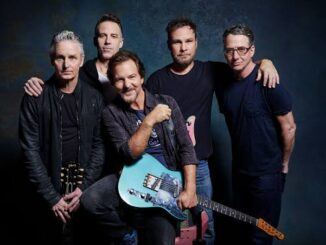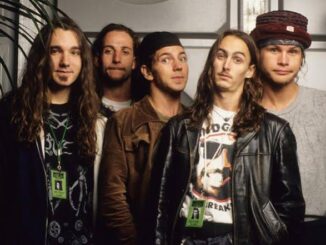
August 22, 1969 — the last photo ever taken of The Beatles as a band. Four men, four souls, once inseparable, now standing on the edge of farewell. John in black, distant and defiant. George calm, eyes steady, as if already somewhere else. Paul composed, arms crossed as if holding something together. And Ringo, sharp-eyed, still quietly loyal. In this one frame, we see everything—the brilliance, the tension, the love, the beginning of the end. They had conquered the world, rewritten the rules of music, and left a trail of unforgettable songs in their wake. But what made them magical wasn’t just the melodies—it was the way they grew, stumbled, evolved, and finally, let go. Like all great stories, theirs had to end… not with noise, but with stillness. This photo isn’t just a document of history. It’s a pause in time. A silent song. A reminder that even legends are human—that even the most beautiful journeys must one day say goodbye:::▶️ Watch Now 👇👇
August 22, 1969 — the last photo ever taken of The Beatles as a band. Four men, four souls, once inseparable, now standing on the […]





